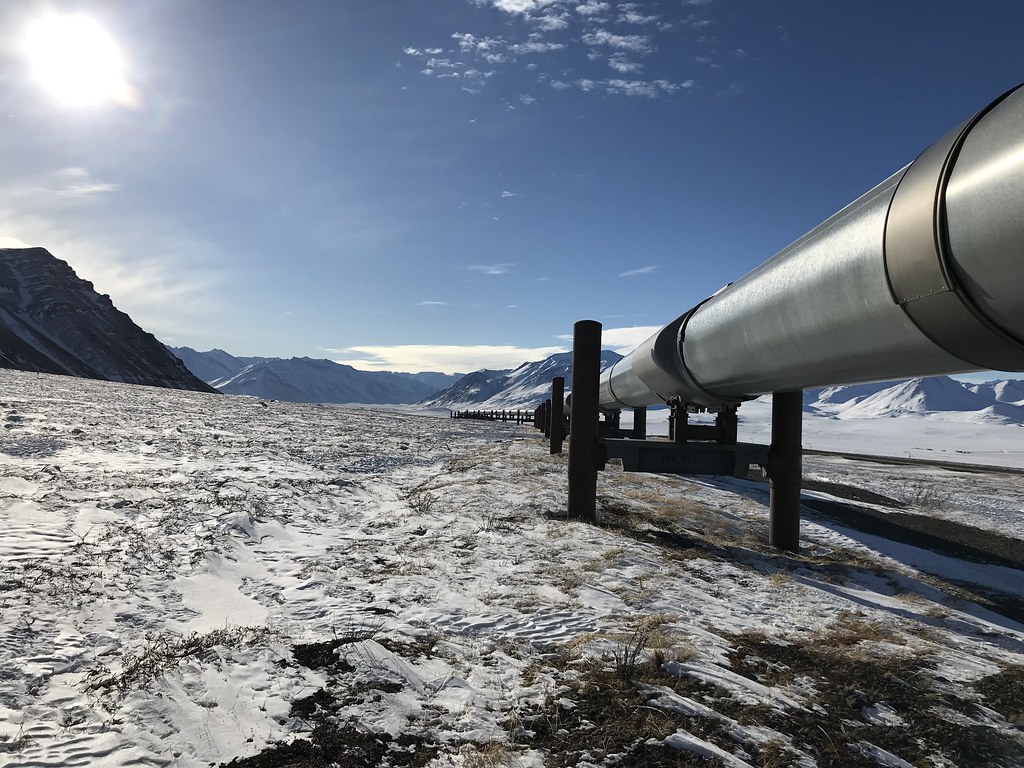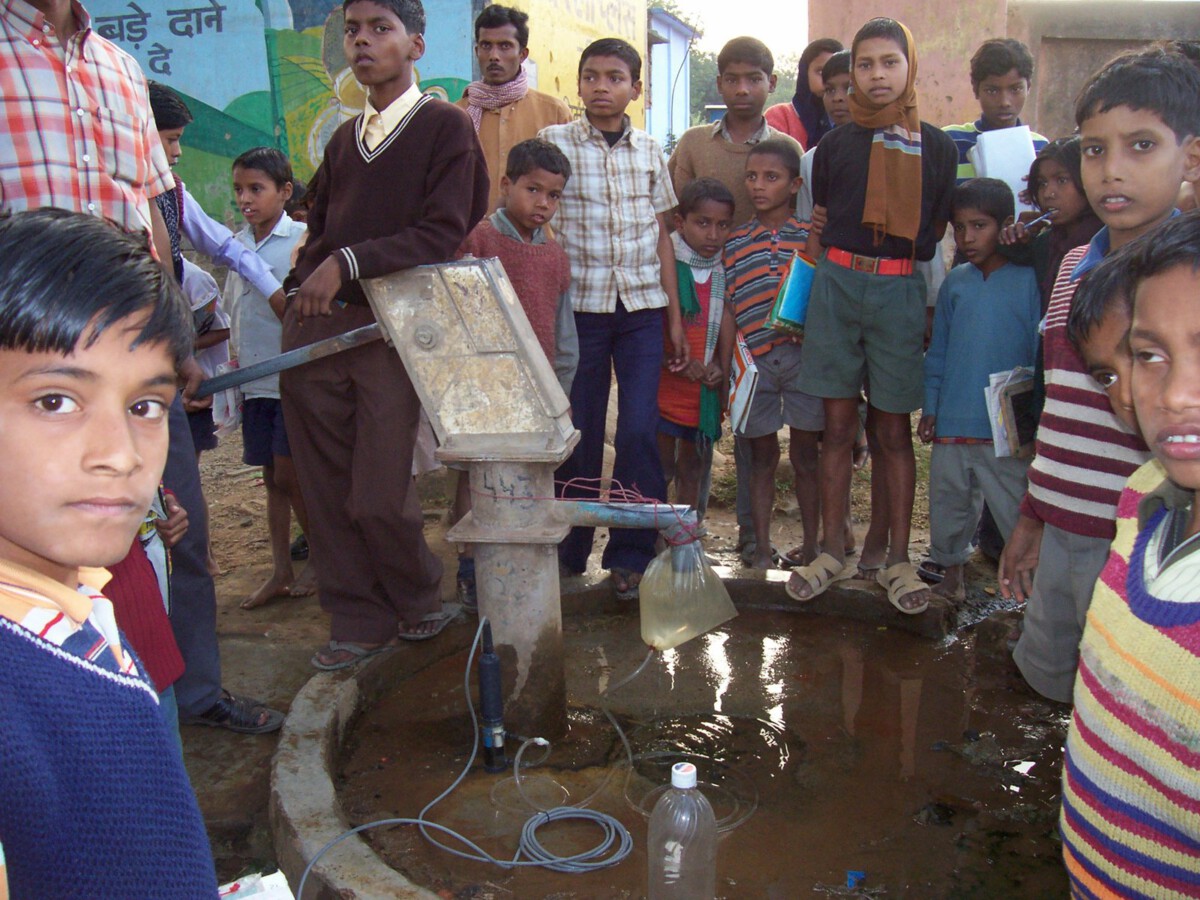The Pipeline That Built a State
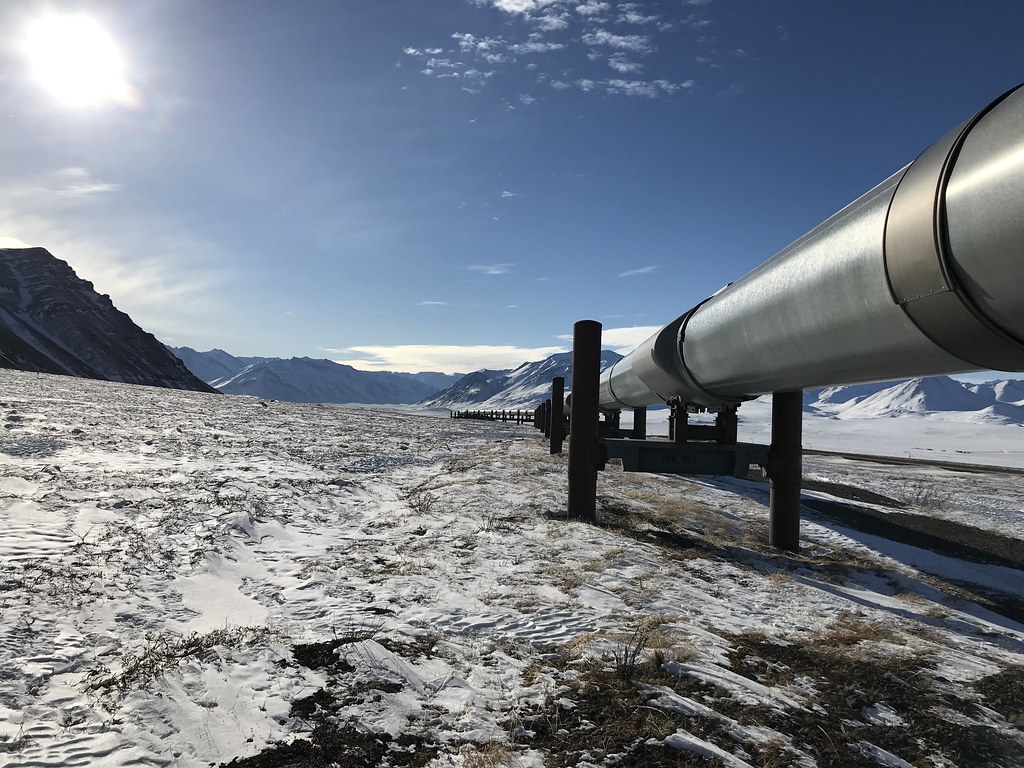
Alaska’s economy isn’t just unusual—it’s practically turned upside down from what most states experience. The state counts on oil for around 70% of its revenue, and upwards of half its budget. This dependency started with the Trans-Alaska Pipeline System, built in the 1970s to move crude oil from the frozen North Slope to the ice-free port of Valdez. It has funded up to 90 percent of the state’s unrestricted General Fund revenues in most years and has accounted for over $180 billion in total revenue since statehood. Think of it like having a golden goose that lays eggs worth billions, except this goose is eight hundred miles long and made of steel.
What makes Alaska’s situation even more remarkable is how this oil wealth transformed the state’s relationship with taxation. On one hand, it allowed Alaska to abolish its state income tax, fund most government operations and provide every Alaskan with a dividend that continues to this day. For decades, oil revenue allowed the state to fund all government spending without imposing broad-based income, sales or property taxes.
The Permanent Fund Dividend: Alaska’s Unique Wealth-Sharing System
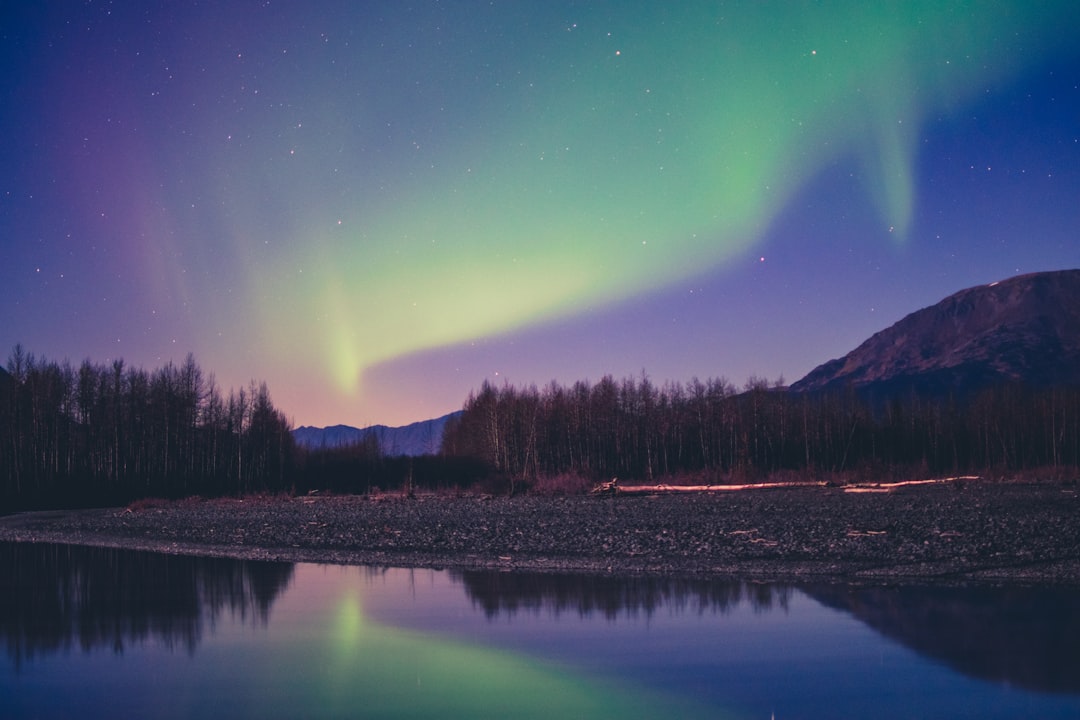
At the height of the oil boom, there was so much money that Alaska established a wealth fund, now valued at over US$80 billion, and began distributing dividends to every resident. The Alaska Permanent Fund, established in 1976, represents one of the most unique economic experiments in American history. The $1,702.00 amount includes the permanent fund dividend in the sum amount of $1,403.83, and a one-time energy relief payment of $298.17 added by the Legislature in 2023.
This system has had profound social impacts that go beyond simple economics. A 2024 paper in Poverty & Public Policy found that the Alaska Permanent Fund “reduced the number of Alaskans with incomes below the US poverty threshold by 20%–40%” and “reduced poverty rates of rural Indigenous Alaskans from 28% to less than 22%”. Over 600,000 Alaskans have already been determined eligible for this year’s distribution.
The Economic Rollercoaster of Oil Prices

Living off oil wealth means Alaska’s economy rides a constant rollercoaster based on global petroleum prices. In FY 2023, the Alaska North Slope (ANS) oil prices averaged $86.63 per barrel. The ANS oil price for FY 2024 is projected at $84.08 per barrel and $78.00 for FY 2025, respectively. These fluctuations aren’t just numbers on a spreadsheet—they determine whether Alaska runs a surplus or deficit.
More crucially, the state’s fiscal year 2026 budget is based on a forecast of $68 per barrel for crude oil, and it is unclear if that will hold. With the price of Alaska North Slope crude oil down by double digits from a year ago, according to the Alaska Department of Revenue, Alaska has America’s worst economy as measured by the CNBC study. The state’s economy grew by just 1.5% last year, compared to 2.8% nationally.
The Permanent Fund as Economic Stabilizer

The Alaska Permanent Fund serves as more than just a dividend distributor—it’s become the state’s financial lifeline. The Permanent Fund operating transfer remains a large source of funding to the General Fund, contributing 54% of UGF for FY 2024, based on the Spring 2024 Revenue Forecast, and is projected to contribute a range of 54% to 62% for each of the next ten years. The Permanent Fund is set to transfer $3.5 billion to the General Fund for FY 2024 and $3.7 billion for FY 2025, respectively.
This dependency on the Permanent Fund reveals just how much Alaska’s economy has shifted from direct oil revenue to investment returns. The fund has grown so large that its earnings now compete with direct oil taxes as the state’s primary revenue source. It’s like having a retirement account that’s become bigger than your actual salary.
Declining Oil Production and Future Challenges
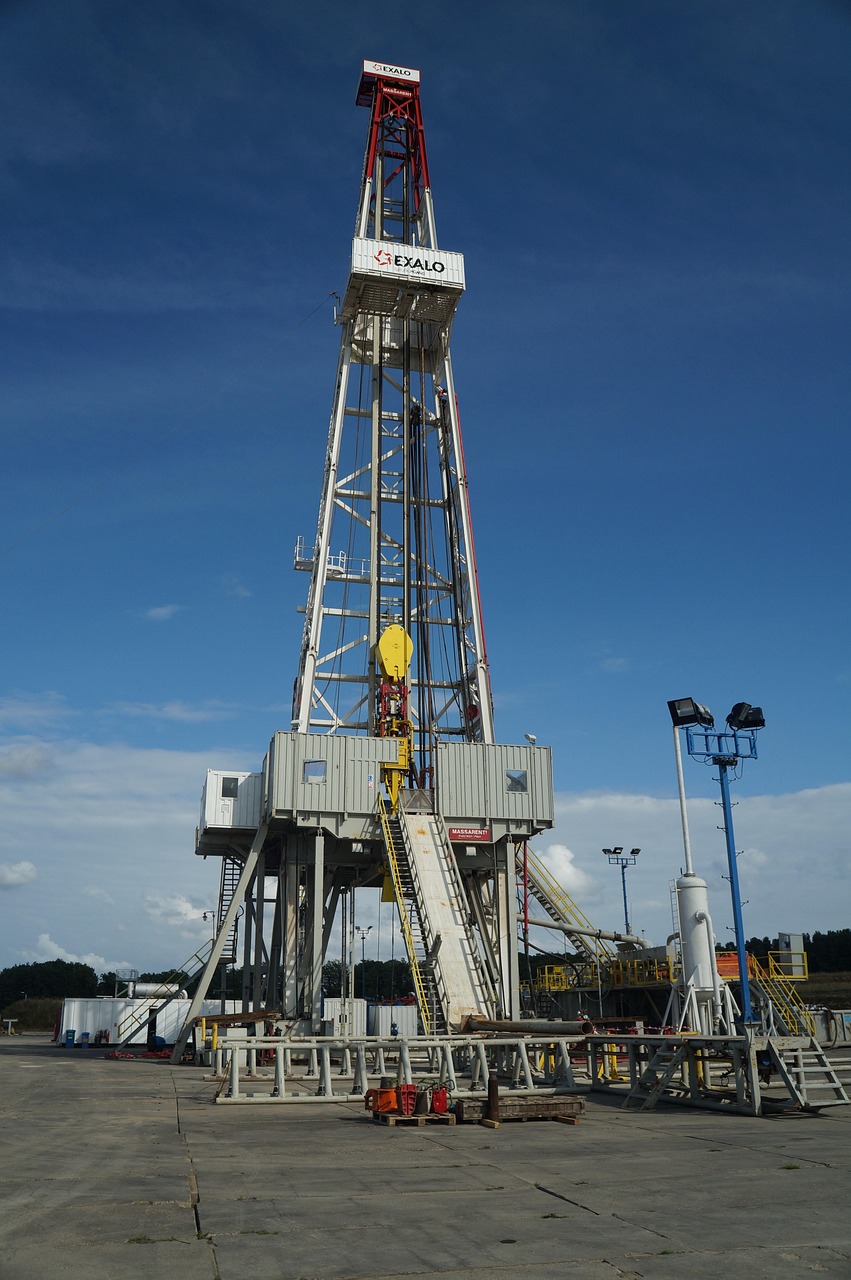
Alaska’s oil production has been on a long decline since its peak in 1988. Average annual crude oil production in Alaska peaked at 2.0 million b/d in 1988, and production has since fallen largely because of the production decline of mature oil fields, limited lease availability, and high exploration and production costs. In FY 2023, ANS oil production averaged 479,400 barrels per day. ANS oil production is expected to average 467,600 barrels per day for FY 2024 and 476,800 for FY 2025, respectively, before climbing to 641,100 barrels per day by FY 2034.
However, there’s some hope on the horizon. In our March 2025 Short-Term Energy Outlook, we forecast crude oil production in Alaska will increase by 16,000 barrels per day (b/d) in 2026 to 438,000 b/d after remaining relatively flat in 2025. Two new oil developments in Alaska—the Nuna and Pikka projects—are expected to boost crude oil production in the state after decades of decline. ConocoPhillips produced first oil from the Nuna project in December 2024.
The Paradox of Energy-Rich Alaska’s Energy Shortage
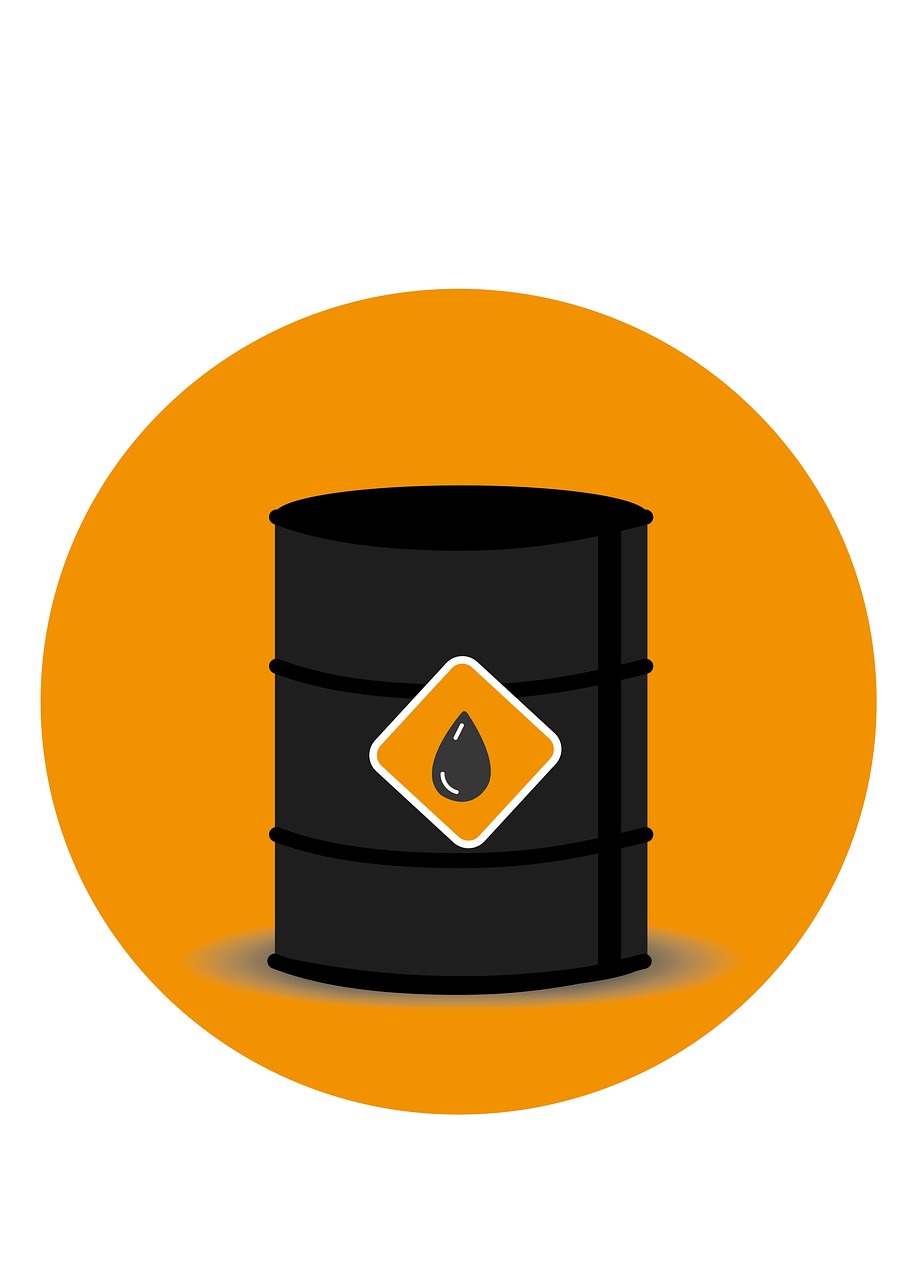
Here’s where Alaska’s economy gets truly paradoxical: despite being rich in oil and gas, the state faces its own energy shortage. But the gas reserves closest to Anchorage, in the Cook Inlet, which have provided energy to the area since the 1960s, are dwindling, and prices are rising. By 2024, the price had more than doubled, to $8.75. Southcentral Alaska relies on natural gas for more than 70% of its electric and heating needs.
But the Trans-Alaska Pipeline is designed to carry oil, not natural gas. A state law prevents producers from burning off excess gas, or flaring, as happens in many fields. With nowhere to send it, gas extracted from Alaska’s oil fields is reinjected into the ground to boost well pressure and push more oil out. State estimates suggest the North Slope has about 35 trillion cubic feet of proven reserves. That’s almost as much natural gas as the U.S. as a whole produced in 2023.
The Natural Gas Pipeline Dream
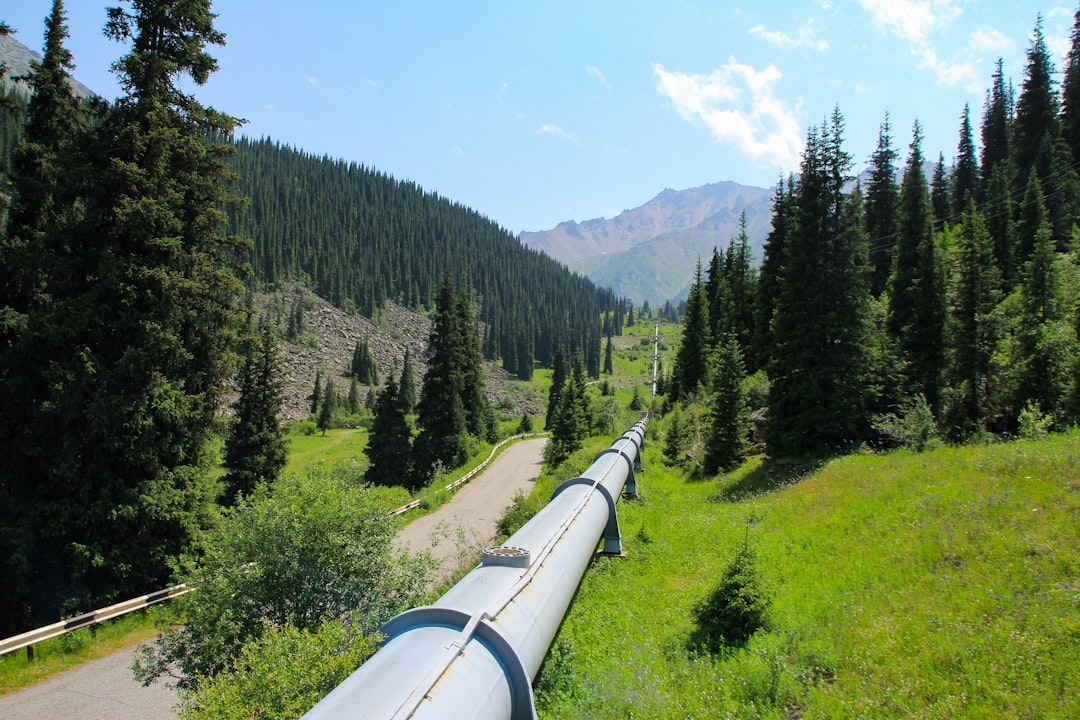
For decades, Alaska has pursued the dream of a natural gas pipeline that would unlock the state’s vast North Slope gas reserves. More recently, the Trump administration is backing a proposal to build a natural gas pipeline alongside the Trans-Alaska oil pipeline, allowing the U.S. to ship liquid natural gas — a byproduct of North Slope oil production — to Asia. Alaska Gov. Mike Dunleavy said Thursday on “Varney & Co” that the state’s $44 billion liquefied natural gas (LNG) project is drawing investment interest from Asia.
In Taiwan, for example, they signed an LOI, a letter of intent, which will lead to a permanent contract of six million tons of gas. This would be the largest off-take of any one off-taker, I think, in the history of LNG. It would be 60 years, I think, of prosperity. Yet The idea has been around for years, but the price tag, estimated at around $40 billion, was impossible for the industry to swallow even when petroleum prices were high.
Carbon Credits: Alaska’s New Revenue Frontier
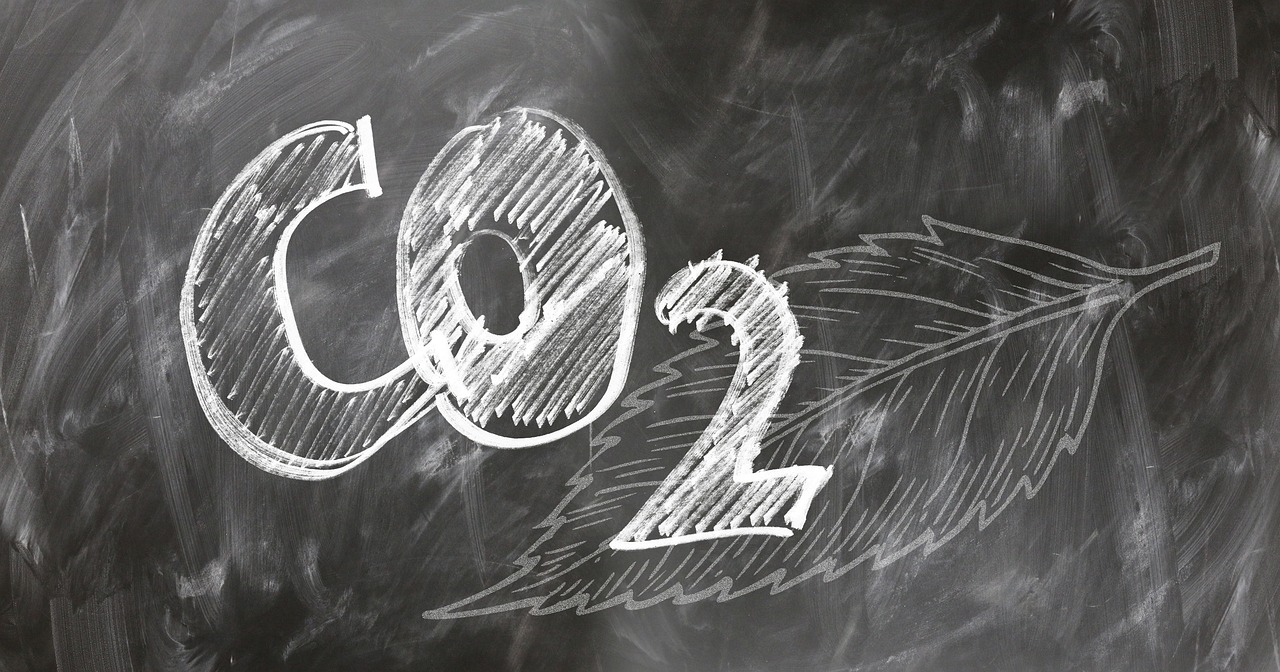
In recent years, Alaska has begun exploring carbon sequestration as a new revenue stream. In 2023, Gov. Mike Dunleavy, a Republican, signed legislation to put Alaska into the carbon market, using the state’s vast public lands for carbon storage, and to generate carbon offset credits for high carbon emitters in other states. No other state, and indeed few other countries, have the resources that Alaska does that will allow us to generate new revenue from these growing markets for carbon management, including carbon capture, utilization, and storage, also known as CCUS.
However, this potential revenue source remains largely theoretical. But the program is still in the study phase. A report to the legislature in January said the program is not expected to generate any revenue until at least 2027. It’s like having a massive savings account that you know exists but can’t access yet.
Economic Diversification Challenges
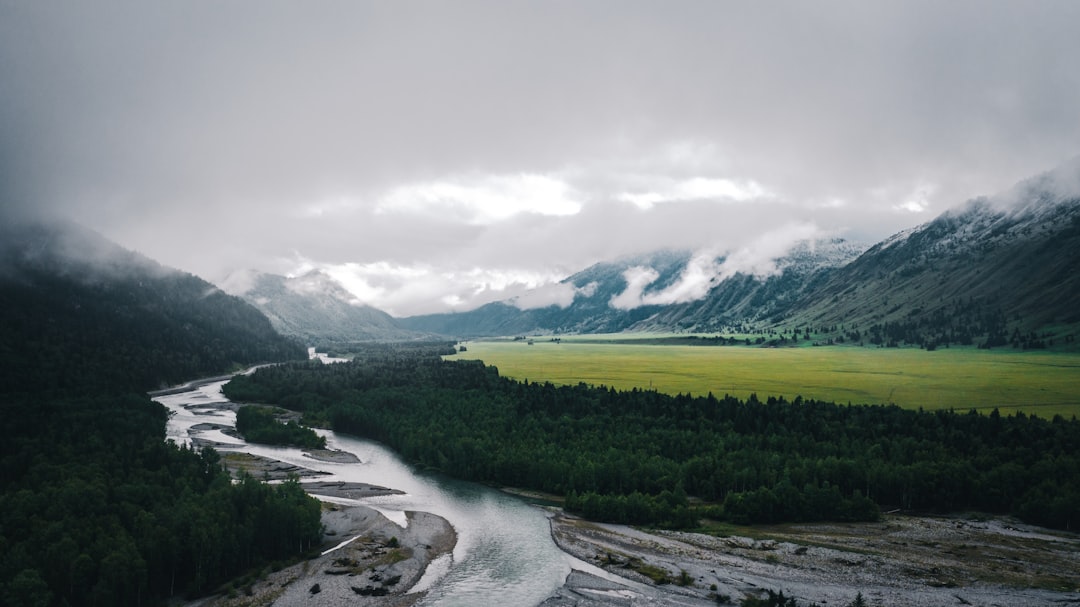
Alaska has long tried to diversify its economy away from oil. For decades, Alaska has sought ways to diversify its economy, but it has had limited success. Proposals have involved alternative energy, agriculture, and the state’s tourism sector. The challenge Alaska faces is that oil wealth has created an economic structure that makes diversification paradoxically difficult. When you have billions flowing in from one source, it’s hard to build competitive industries in other sectors.
Alaska finishes at the bottom of CNBC’s state competitiveness rankings in 2025 with America’s worst state economy. And it is the major reason Alaska finishes at the bottom of the CNBC America’s Top States for Business rankings in 2025. This ranking reflects the double-edged sword of oil dependency—tremendous wealth during boom times, but economic vulnerability during downturns.
The Dividend Debate: Politics and Economics Collide
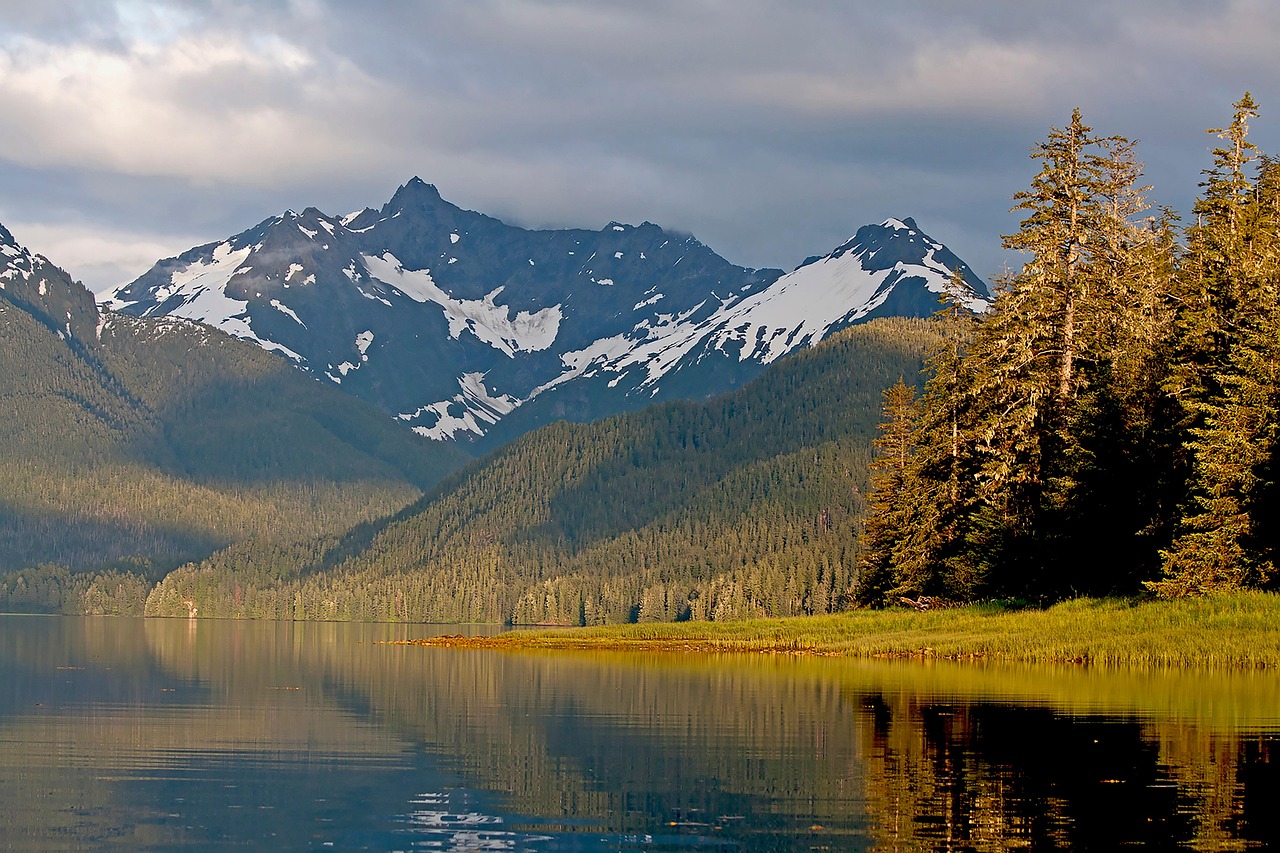
The Permanent Fund Dividend has become more than an economic policy—it’s a political third rail in Alaska. Since 2017, the Alaska Legislature has set the amount of the dividend via budget negotiations. That year, the Alaska Supreme Court ruled that lawmakers were not required to follow a payment formula that dates to the 1980s. In December, Dunleavy proposed using the traditional formula to pay a dividend of about $3,500 per recipient, but lawmakers rejected that proposal because — at proposed levels of spending on services — it would have resulted in a deficit of about $1 billion.
Instead, legislators for the second straight year used an alternate formulation based on the annual cash transfer from the Alaska Permanent Fund to the state treasury. They split that transfer 75-25, following an idea that originated with members of the Alaska Senate. Seventy-five percent of the transfer was reserved for services, with the remaining quarter for dividends.
Future Outlook: Navigating Economic Uncertainty

Alaska’s economic future remains tied to volatile global energy markets, but the state is slowly building alternative revenue streams. President Donald Trump has signed an executive order aiming to boost Alaska’s oil, gas, and other natural resource development. Governor of Alaska, Mike Dunleavy (R), stated on X that the order recognizes “Alaska as a true energy warehouse, paving the way for unprecedented opportunities in resource development and energy independence.”
The reality is that Alaska’s economy will likely remain dominated by natural resources for the foreseeable future. On the other hand, it has left the state at the near total mercy of the global oil market. In recent years, that has proven to be a bad bet. Yet the state’s vast natural wealth—from oil and gas to potential carbon credits—means Alaska will continue to play a unique role in America’s energy landscape.
Conclusion: A Resource-Rich State’s Economic Balancing Act
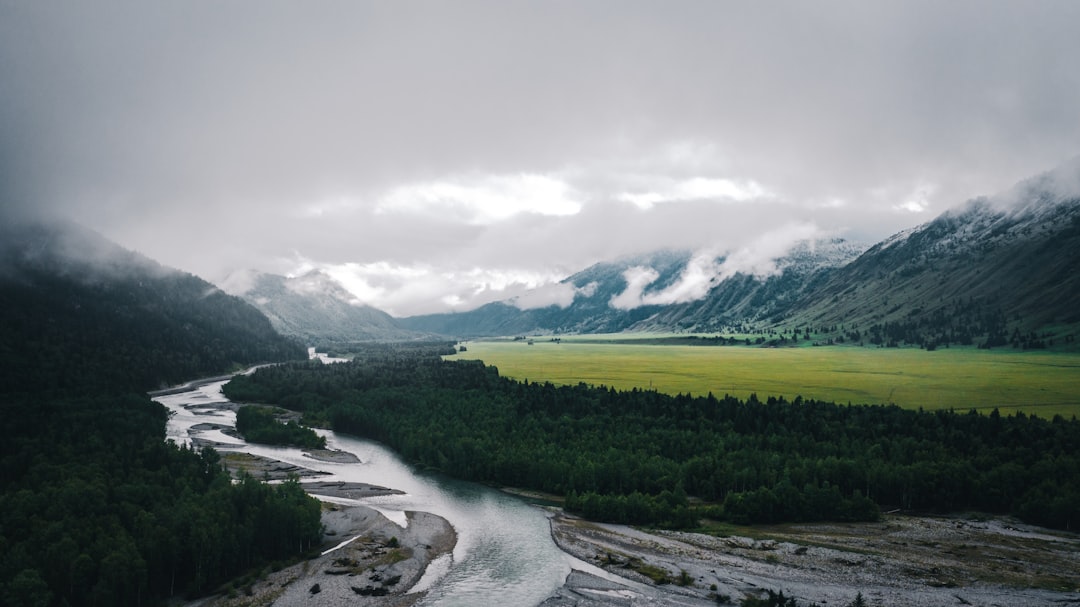
Alaska’s oil wealth has created an economic model unlike anywhere else in America, where residents receive annual dividends from natural resource extraction while living in a state with no income tax. This system has provided remarkable benefits, lifting thousands out of poverty and funding government services without traditional taxation. However, it has also created an economy vulnerable to global commodity price swings and dependent on a single industry.
The state’s future depends on successfully managing this transition from declining oil production to new revenue sources like natural gas exports and carbon sequestration. Alaska’s story demonstrates both the incredible opportunities and the profound challenges that come with resource wealth. As global energy markets continue to evolve, Alaska must find ways to maintain its unique economic model while building resilience for an uncertain future.
Will Alaska successfully diversify its economy, or will it remain forever tied to the boom and bust cycles of global energy markets?

